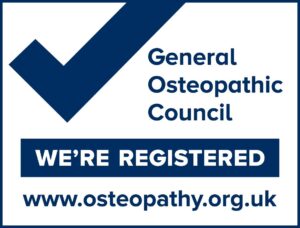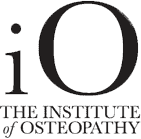Pelvic Girdle Pain (PGP)
Pelvic girdle pain (PGP) is the term now used to describe all pelvic pain.
Pelvic Girdle Pain (PGP) also includes the more commonly recognised pubic pain condition previously referred to as symphysis pubis dysfunction (SPD). PGP refers to pain felt anywhere from the lower back down to the thigh, either at the front or back of the pelvic area. The pain intensity may vary from mild to severe pain which interfers with daily activities,.
What Are Signs and Symptoms of Pelvic Girdle Pain (PGP)?
Here are some of the common signs/ symptoms we see in our PGP patients at The Backbone Osteopathy Clinics...
- Difficulty walking (referred to as waddling gait).
- Pain lying on the affected areas or putting pressure on the affected areas.
- Hip pain on movements that involve lifting one leg such as getting in and out of the bath or car.
- Pain when weight bearing on one leg: e.g when climbing stairs.
- Pain and/or difficulty in straddle movements, such as getting in and out of the bath.
- Clicking/ grinding sounds from the pelvic area.
- Pain during daily activities and/or during sex.

What Causes Pelvic Girdle pain (PGP)?
This condition occurs a s a result of an unstable pelvis where the joints in the pelvis moving unevenly. This then results in inflammation, pain, muscle guarding and compensation. The most common recognised cause of Pelvic girdle pain (PGP) is pregnancy, labour or it can even begin weeks after giving birth. The increased movement in the pelvis from the hormones as the pregnant womans body adapts to create more space for the baby in the womb, the extra weight on the pelvis from the baby which is rarely even, and the postural changes and the way you sit, stand and move in pregnancy all contribute to adding more strain on the pelvis. Additional strains of giving birth, maybe interventions such as ventouse/ forceps also may contribute.
Can Osteopathy Help?
At The Backbone clinic our team of Osteopaths have additional training in antenatal and postnatal care. Our team of Osteopaths use a combination of structural Osteopathy, Cranial Osteopathy and Visceral Osteopathy to help restore balance in the pelvic muscles/ ligaments and joints. Our team can also advise you on exercises, stretches and other things you can be doing to help with your recovery.
We support many women who experience PGP. We find that this condition impacts more than just the physical and mechanical function on the body. The pain, discomfort and effects on daily life can also have a strong impact on emotional and mental health.
We offer The Mummy MOT postnatal physical health check at our clinic which involves a full pelvic health screening. Clinic Here to read more....
For prices and packages please click here….
To Book Your Mummy MOT Please click here…
To read more about pregnancy related condition that we see at our clinics please click here...
Other Useful Links...
- The Pelvic Partnership: Information about pelvic girdle pain, treatment options (including osteopathy) and practical advice.
- NCT support: Information and support line offering emotional and practical support for parents.








